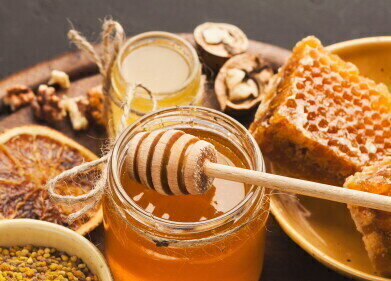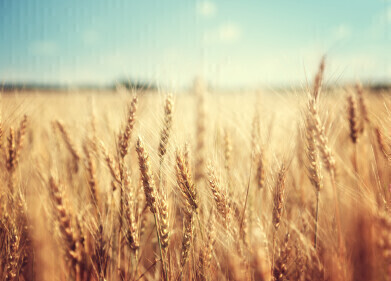LC-MS
What's the Best Way to Measure the Quality of Chocolate? - Chromatography Explores
Aug 10 2020
Let’s face it – many of us love chocolate and chocolate bars. There are even programmes on TV where celebrities discuss the UK’s favourite chocolate bar. Two hours you’ll never get back. But while we discuss the merits of Mars bars, Flake and Galaxy – there is a serious side to chocolate. After all, it is a global industry worth billions of pounds.
Chocolate with a cocoa content upwards of 70% is dark chocolate - the choice of taste testers and connoisseurs. The authors of a paper - Multiblock Analysis to Relate Polyphenol Targeted Mass Spectrometry and Sensory Properties of Chocolates and Cocoa Beans – published in the journal Metabolites have carried out what they think could be the first study into chocolate taste using a statistical method known as CCSWA – and chromatography was key to unlocking some of the secrets of great tasting chocolate.
Marrying chocolate, cocoa, and statistics
Chocolate is made from the seeds of Theobroma cacao, better known as cocoa beans. Cocoa beans have been analysed and a wide range of molecules have been found to contribute to the flavour of dark chocolate. The taste of dark chocolate comes from a mix of different compounds including volatile compounds like pyrazines and non-volatile compounds including fatty acids and polyphenols.
The taste of the chocolate depends on the beans and the chocolate making process. Polyphenols are present in cocoa beans in large quantities when compared to other plant materials. In fact, cocoa is one of the recommended dietary sources for polyphenols, especially flavan-3-ols - catechin molecules and their polymers and oligomers. These molecules are known to have potential health benefits, but they taste astringent and bitter.
The best way to analyse chocolate taste is by eating it – or using sensory analysis. The researchers in France behind the study referenced above state that only a few studies have explored the relationship between sensory analysis and chocolate and cocoa polyphenols. One technique that has been developed and used to relate sensory and chemical data with wine is known as CCSWA – Common Component and Specific Weights Analysis. So, the researchers applied the method to chocolate.
Chromatography tastes the chocolate
High-performance liquid chromatography is one of the main methods used to analyse polyphenols and other natural products. In conjunction with mass spectrometry, a powerful tool can separate, identify, and analyse the components of many substances. The power of LC-MS is discussed in the article, Tackling the Glyphosate Paradox with IC-MS/MS: Towards Enhanced Monitoring and Analysis of Polar Anionic Pesticides.
The team made chocolate from 100 different samples of cocoa beans – that would be a nice spoon to lick. The chocolate was split into four different groups using sensory analysis and the polyphenols from the cocoa beans and chocolate analysed using liquid chromatography. The team found that it was the cocoa bean phenolic composition that was key to the sensory profile of the chocolate.
Events
Apr 22 2025 Kintex, South Korea
Analytica Anacon India & IndiaLabExpo
Apr 23 2025 Mumbai, India
Apr 27 2025 Portland, OR, USA
May 11 2025 Vienna, Austria
May 18 2025 Tempe. AZ, USA














